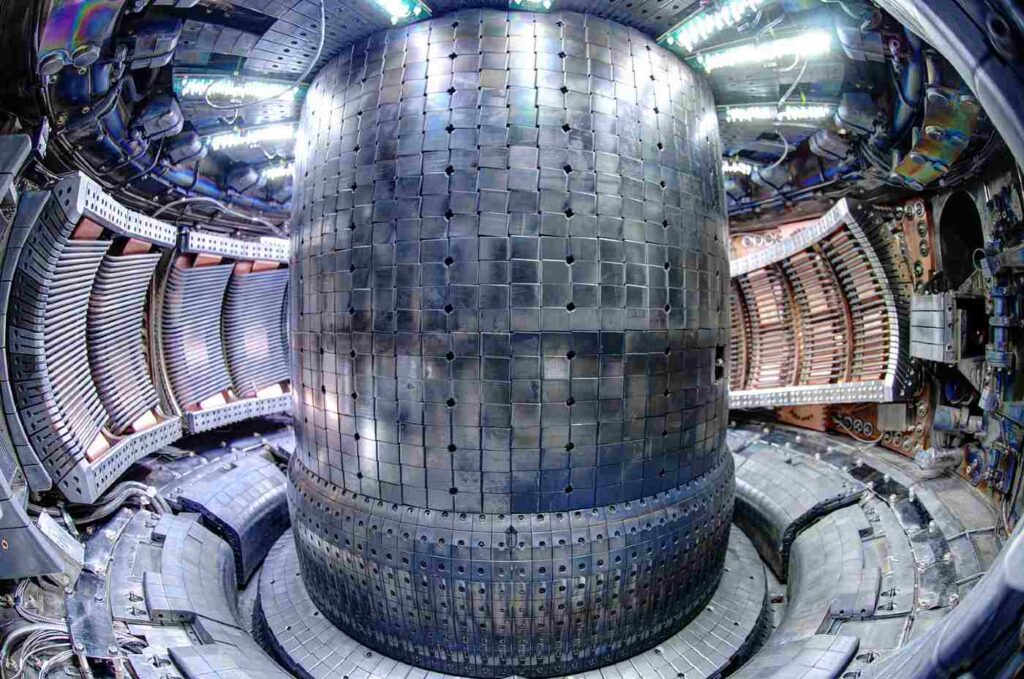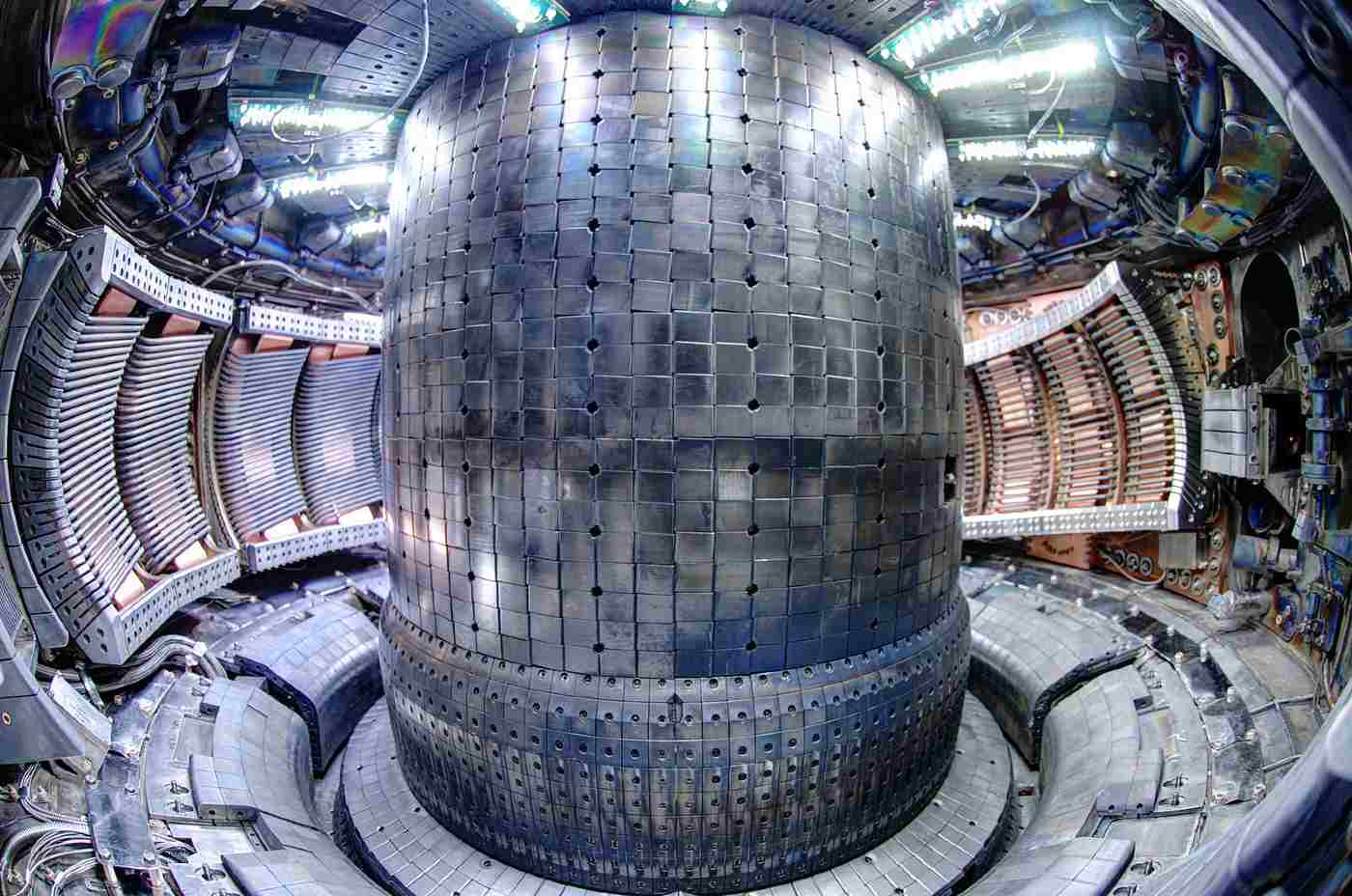
It’s time to wake up and smell the plasma, as thermonuclear fusion energy inches closer and closer to reality.
In its quest to develop unlimited green energy, the EAST Fusion Facility in Heifei, China recently created a plasma gas that was heated to 120° million Celsius—that’s three-times hotter than the sun—and kept it there for 101 seconds before it dissipated, setting a new world record both for heat and duration.
“The breakthrough is significant progress, and the ultimate goal should be keeping the temperature at a stable level for a long time,” said Li Mao, director of physics at Southern University of Sci-Tech in Shenzhen.
The previous record was 50° million Celsius, held by the scientists working at the fusion reactor in South Korea.
Flying cars, jetpacks, bullet trains—there are a lot of classic Sci-fi tech landmarks that we’ve reached, but a nuclear fusion reactor, essentially an artificial sun, is currently just considered plausible.
Borrowing the physics from reactions in the center of the sun, a thermonuclear fusion reactor squeezes hydrogen into helium, creating a dream of unlimited green energy, as the amount of deuterium, a version of hydrogen, found in 1 liter of seawater could produce as much energy as 300 liters of gasoline.
The reason this puzzle of all puzzles is only plausible is that the sun gets to rely on its massive gravitational forces to smush atoms together, whereas down on Earth we have to use temperatures like the one EAST has reached.
CHECK OUT: Scientists Are Turning Nuclear Waste into Super-Efficient Batteries
The challenge that comes along with this necessity: How can you build a machine that can heat and contain matter in such extremes which doesn’t just use more energy than it generates?
The device these fusion reactors center around is called a tokamak, which is a donut-shaped tube coated in super magnets.
Many tokamaks exist on Earth, and different governments and scientific institutes are all grappling with how to actually sustain a plasma for days rather than seconds, and to somehow use very little energy to heat a machine to 120 million Celsius.
The flagship project is ITER, a collaboration between the EU, Russia, Japan, South Korea, India, and the U.S. Their tokamak is the size of a building, and contains 3,000 tons of magnets, 141 kilometers of cabling, and the world’s most sophisticated refrigeration system.
Other efforts include smaller fusion reactors from private firms in the U.S., at MIT, and the UK’s Commonwealth Fusion Systems and Tokamak Energy. These two have created ingenious superconducting tape to coil around powerful magnets, which create immense pressure in addition to heat, allowing for “portable” fusion reactors—ones that cost an iota of the ITER’s €20 billion upfront price tag.
The benefit to getting this problem solved is that essentially, the question of energy is solved. Oil, coal, and gas can stay in the ground, there would be no danger of another Fukushima or Chernobyl, and all the myriad of problems, inefficiencies, and costs currently inherent in common green energy forms could be forgotten.
The Experimental Advanced Superconducting Tokamak (EAST) in Heifei’s Chinese Academy of Sciences is proving that it’s possible to extend and intensify the effect, and that as long as the record for heat and duration can be continually surpassed, the dream of unlimited clean energy will survive.
PASS ON the Innovation—Share This Story With Friends…




















